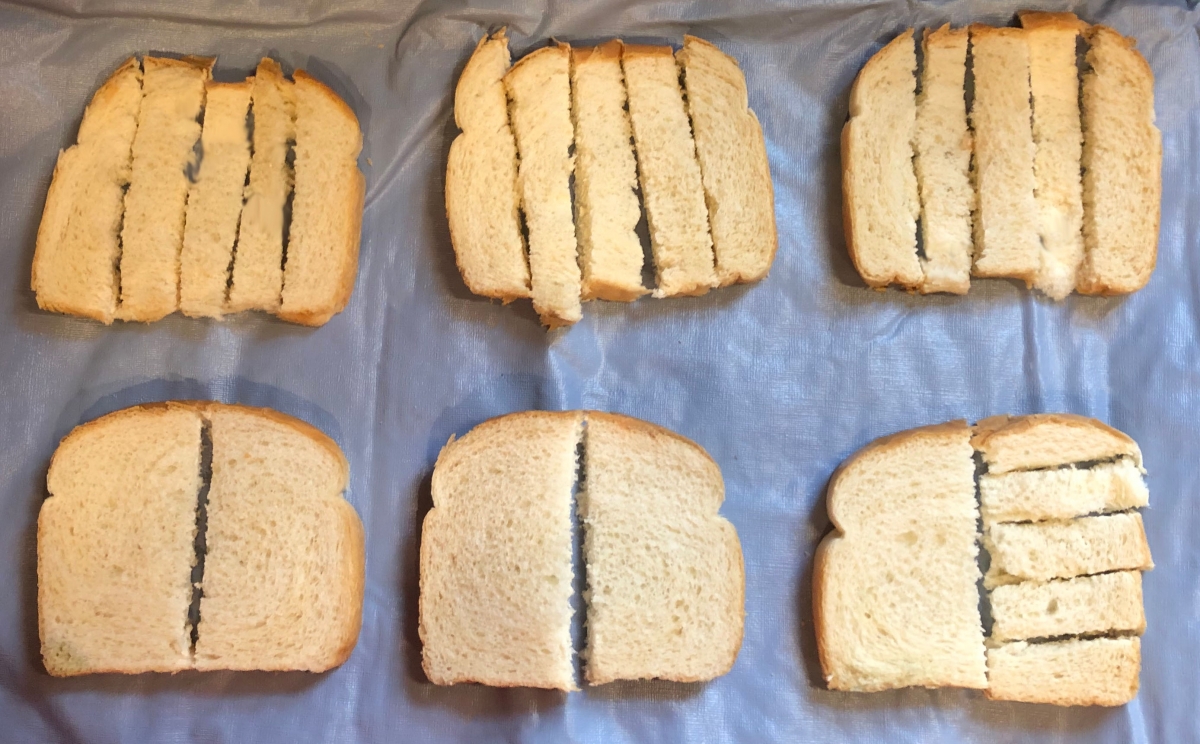- About MAA
- Membership
- MAA Publications
- Periodicals
- Blogs
- MAA Book Series
- MAA Press (an imprint of the AMS)
- MAA Notes
- MAA Reviews
- Mathematical Communication
- Information for Libraries
- Author Resources
- Advertise with MAA
- Meetings
- Competitions
- Programs
- Communities
- MAA Sections
- SIGMAA
- MAA Connect
- Students
- MAA Awards
- Awards Booklets
- Writing Awards
- Teaching Awards
- Service Awards
- Research Awards
- Lecture Awards
- Putnam Competition Individual and Team Winners
- D. E. Shaw Group AMC 8 Awards & Certificates
- Maryam Mirzakhani AMC 10 A Awards & Certificates
- Two Sigma AMC 10 B Awards & Certificates
- Jane Street AMC 12 A Awards & Certificates
- Akamai AMC 12 B Awards & Certificates
- High School Teachers
- News
You are here
An Ancient Egyptian Mathematical Photo Album: Using the Photos
As mentioned in the introduction, most of the photographs, except for those noted otherwise (specifically Figures 2–4, 15, and 40), were taken by the author. The author’s photographs can be freely downloaded for classroom use under a Creative Common Attribution 4.0 International license.
Instructors may wish to use the photographs in presentations to illustrate authentic Egyptian hieroglyphs. Seeing actual images of hieroglyphs can have a powerful impact on student learning. The author has observed how these photographs grab the interest of the students, bringing the mathematics to life and motivating students to learn more. The photos can also be used in assessments in which students are asked to determine the number being represented.
In addition to History of Mathematics courses, use of the photos would be appropriate in any class that includes the study of numeration systems, such as number theory or mathematics courses for pre-service teachers. Comparing and contrasting the Egyptian hieroglyph numerals with Hindu-Arabic numerals affords students the opportunity to think about place value and what it means to utilize a decimal (base ten) system. Since students have used the Hindu-Arabic numeration system for many years, it may be challenging for them to notice its properties. Seeing a decimal system that does not use place value may lead students to reflect on what it means to have a place-value system and on how using one affects arithmetical algorithms. The Egyptian numeration system could also be compared and contrasted with the Roman numeration system, which is still used today in some analog clocks, the release dates of movies, and the number of Super Bowl games.
The photographs can also be used to supplement activities involving Egyptian mathematics. David Reimer’s book, Count Like an Egyptian: A Hands-On Introduction to Ancient Mathematics [2014], is a good source for interesting problems for students. The author of this article has shown pictures of Egyptian fractions before students complete a group activity based on the “Fractions” chapter of Reimer’s book, especially pages 16–17. Students are divided into groups of two or three and given a paper plate, a plastic knife, and three slices of bread (each slice representing a loaf of bread). The students, assuming the role of work supervisors, are challenged to divide the three slices of bread among five workers in such a way that the workers receive obviously equal portions with at least some pieces of bread large enough to enjoy with honey. The latter condition is not met if a group wants to divide each slice of bread into five equal pieces, with each worker receiving three, as in the top row in Figure 42. This manner of thinking corresponds to a modern view of the fraction \(\frac{3}{5}\) as “three divided by five.” A solution which relates to how Egyptians may have viewed fractions as a sum of unit fractions is shown on the bottom row of Figure 42, where each worker would receive \(\frac{1}{2}\) and \(\frac{1}{5}\) of a \(\frac{1}{2}\), or \(\frac{1}{10}\).

Figure 42. A demonstration of two ways to “equally” divide three slices of bread among five people.
With the method in the top row, each person would receive three strips of bread.
With the method in the bottom row, each person would receive one half and one-tenth of a slice.
The author has also used some of the photographs, including those of scribes and scribal tools, in an “Egyptian Scribal School” activity with students at the secondary and undergraduate levels. The setting is a scribal school, with each student provided with a clipboard, paper, and fine point black marker to simulate a board, papyrus, and brush with ink. In addition to the photos of scribes and scribal tools, the students are shown some photos of hieroglyphs, including Figure 1, which shows six of the Egyptian numeric hieroglyphs, and Figure 6, a papyrus with hieroglyphs. (The author has a framed poster-size print of Figure 1, which she prominently displays in the classroom during the activity.) The students then practice writing each of the numeric hieroglyphs several times before solving arithmetic problems using Egyptian hieroglyphs and methods similar to those in Chapter 1 of Count Like an Egyptian [Reimer 2014].
Cynthia J. Huffman (Pittsburg State University), "An Ancient Egyptian Mathematical Photo Album: Using the Photos," Convergence (April 2022)




